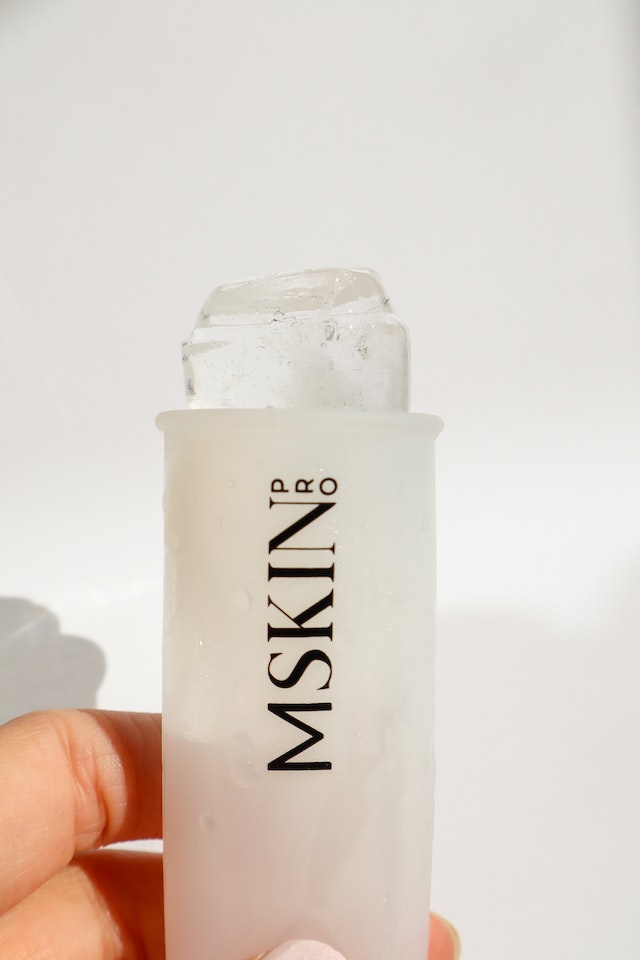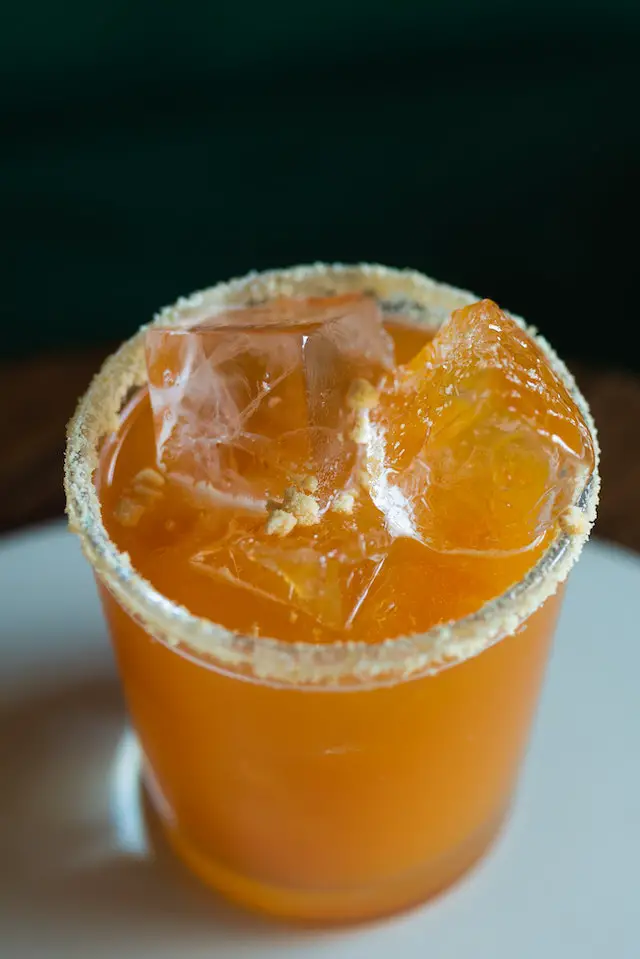
Salt has been used as a tool to make food taste better and preserve it longer for centuries.
But did you know that salt also has scientific properties that can help lower the freezing point of water?
When added to ice, salt causes a process called “freezing-point depression” which makes the ice colder than 0°C — the normal freezing point of water.
This phenomenon is what causes salt to make ice cold and it can be used in a variety of applications, from making homemade ice cream or snow cones to de-icing sidewalks and roads during the winter months.
In this article, we’ll explore how and why salt makes ice colder.
The science behind salt and ice

What is the freezing point depression?
The freezing point depression is the process by which salt (or any solute) lowers the freezing point of a pure liquid.
When a certain concentration of salt is added to a pure liquid, it reduces its freezing temperature below 0°C — meaning that the liquid will remain in its liquid state even at temperatures lower than 0°C.
This phenomenon is why salt makes ice colder than 0°C. It’s also why adding salt to water can help prevent it from freezing, which is useful in cold climates where temperatures often dip below 0°C.
How salt affects the freezing point of water?
Salt affects the freezing point of water by disrupting the hydrogen bond between molecules in a liquid.
It does this by replacing some of the water molecules with salt ions, forming an ionic bond instead.
This prevents the formation of an ordered structure that’s necessary for the freezing process to occur. As more salt is added to a solution, the freezing point continues to decrease.
In addition to affecting the freezing point of water, salt also affects its boiling point.
Salt increases the boiling point of water, meaning that it takes longer for the water to reach its boiling temperature.
This is useful for applications such as cooking pasta or other dishes where a precise boiling temperature is necessary.
Role of salt in making ice colder
Salt plays an important role in making ice colder because it lowers the freezing point of water.
When salt is added to a solution of water and ice, it causes a process called “freezing-point depression” which results in the temperature of the solution dropping below 0°C.
This allows the liquid to remain in its liquid state even at temperatures lower than 0°C. The more salt that is added to the solution, the colder it will get as the freezing point continues to drop.
Practical applications of salt and ice
Salt is commonly used in a variety of applications involving ice, such as making homemade ice cream or snow cones.
Adding salt to the ice lowers its freezing point, meaning it can be used as a way to make more flavorful icy treats.
It’s also commonly used for de-icing sidewalks and roads since it prevents ice from forming on the surface by lowering its freezing temperature.
In addition, salt can be used to help prevent water from freezing in cold climates.
Use of salt in snow and ice removal
Salt is often used to remove snow and ice from roads, sidewalks, driveways, and other surfaces. When salt is spread on a surface covered in ice or snow, it melts the ice by lowering its freezing point.
This makes it easier to shovel or plow away the snow and ice. It can also be used as a preventative measure to keep surfaces from becoming icy.
Salt is most effective at melting ice when the temperature is above 0°C, so it’s best used in temperatures just slightly below freezing.
Importance of salt in preserving food
Salt is used to preserve food because it reduces moisture content and prevents the growth of bacteria.
It does this by drawing out water from food, which inhibits bacterial growth as well as other enzymatic activity that can cause food spoilage.
Salt also helps to prevent the formation of ice crystals in frozen foods by lowering their freezing point, thus allowing for longer storage times.
Applications in the food industry
Salt is used extensively in the food industry for a variety of purposes.
Salt can be added to enhance flavor, preserve food, reduce spoilage, and even inhibit bacterial growth.
It’s commonly used as an ingredient in cured meats such as bacon and ham, as well as frozen foods such as ice cream and popsicles.
In addition, salt is an important component of the pickling process, which involves soaking vegetables in a brine solution with added salt.
Salt also plays a role in cheese making and bread baking, where it helps to control fermentation and add flavor.
Safety precautions when using salt

Although salt is generally considered safe to use, there are some safety precautions that should be taken.
Toxicity of salt and its effects on human health
Salt is generally considered safe for human consumption in moderate amounts, however, excessive intake can lead to adverse health effects such as high blood pressure and kidney damage.
It’s important to keep salt intake within recommended levels and to consult a doctor if there are any concerns.
Environmental impact of using salt
Salt runoff from roads or sidewalks can be harmful to the environment, as it can contaminate soil and water sources.
It’s important to be mindful of how much salt is being used and to look for ways to reduce runoff.
For example, using sand or other materials instead of salt in snow removal can help reduce environmental damage.
Precautions to be taken while using salt on ice
When using salt to melt ice, it’s important to take certain precautions. Keep the area well-ventilated and avoid contact with skin or eyes, as salt can irritate them.
In addition, keep pets away from areas where salt is being used, as they can be sensitive to its effects.
Lastly, use the correct type of salt for the job; rock salt is best for melting ice, while table salt should be avoided.
Final words
Salt is an essential material with a variety of uses, ranging from snow and ice removal to food preservation.
It’s important to take safety precautions when using salt, such as keeping the area well-ventilated and avoiding contact with skin or eyes.
The science behind salt and ice demonstrates the importance of properly understanding how materials interact in different environments.
By using salt to lower the freezing point, it’s possible to melt ice and snow on surfaces without having to reach dangerously low temperatures.
This has wide-reaching implications for snow removal, food preservation, and other applications.
Salt is an invaluable material for a variety of applications, from snow and ice removal to food preservation.
It’s important to use the correct type of salt for the job, as well as to take safety precautions when using it.
Understanding the science behind how salt interacts with different materials is essential in order to properly utilize its benefits in various contexts.
Salt can be a powerful tool when used correctly, and its applications show no signs of slowing down.
With this in mind, it’s important to consider the implications of using salt and to be mindful of its potential effects on the environment.



